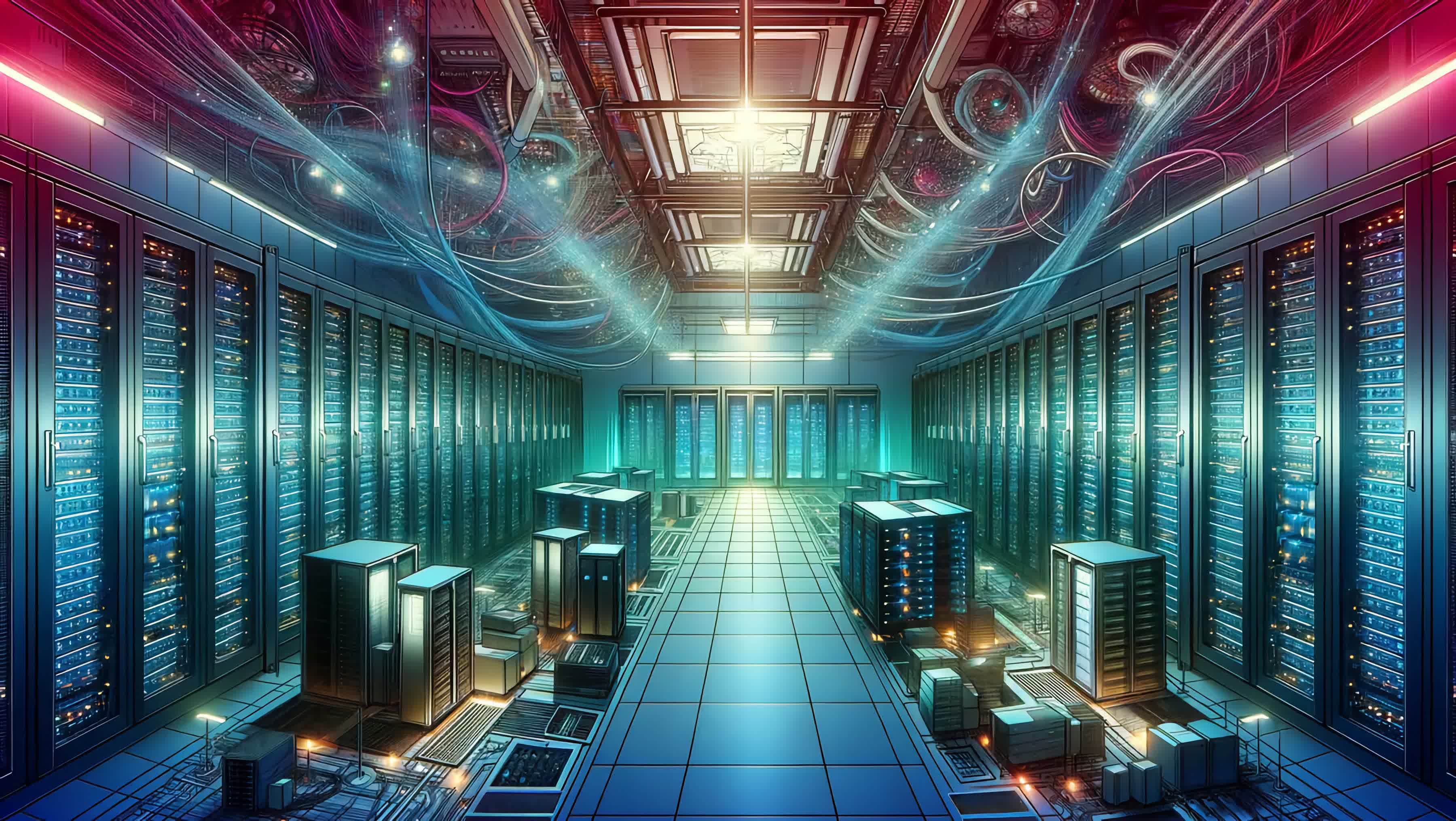Editor's take: Investors usually hate airlines – they're capital-intensive, have high operating expenses, limited suppliers, and no way to differentiate with customers. How are AI factories any different?
Investment guru Warren Buffett once joked that the best thing for capitalism would have been for someone to go back in time and stop the Wright Brothers from inventing airplanes.
Airlines are seen as one of the most troubling investments on the Street. They are capital-intensive, have high operating costs, require highly skilled labor, have very limited options for suppliers, and differentiate largely on price alone. Someone recently jokingly asked us, "Are AI factories any different?"
What is an AI factory?
Nvidia is not terribly specific about what an AI factory is exactly, though they were among the first to throw the term. Essentially, these are standalone data centers, independent from the Internet giant hyperscalers. They operate large AI-focused, GPU-heavy data centers and target customers keen to move into AI. If we dream big about how AI reshapes the data center, it is possible to envision these as becoming viable, powerful players.
AI Factories are an emerging category of data centers, independent of the hyperscalers. These are incredibly capital intensive, each one costing hundreds of millions of dollars to open. They also have high operating costs because all those GPU servers require a lot of electricity. Getting all those servers to work and keeping the system up and running with low down time requires skilled labor, which while not unionized does require some fairly advanced experience.
As almost all AI factories are GPU centric, they really only have one supplier, Nvidia. And when it comes right down to it they really only differentiate on access to GPUs, access to electricity and price.
We have seen a lot of estimates on the profitability of these data centers, with payback times running from 9 months to 2 years. Our sense is that many of these calculations underestimate the operating costs involved, electricity is not cheap, with the big utilities recognizing an opportunity to price up when they see one.
That being said, there is one big difference between airlines and AI factories – the depreciable life of an airplane is around 12 years, while GPUs go obsolete much faster. If the payback period for an AI factory is 18 months, then by the time the equipment reaches profitability, it is also nearing the end of its life.

And of course, no one knows how to model GPU demand for AI two years from now. There is a real risk that AI factories become a capital treadmill, constantly having to raise more money to buy the next generation of GPUs. And that is the optimistic scenario, as it assumes demand for GPU-based AI models continues to grow.
Another major concern is the extent to which many of the biggest AI factories on the market today are really just suppliers to the hyperscalers. They have GPUs when Microsoft or AWS cannot get enough. They have facilities built with live electricity in markets where those are in short supply.
Over time, the hyperscalers will either move to building their own facilities or squeeze the AI factories' margins to the point that they look more like real estate companies than high-growth tech companies.
In fairness, many of these facilities could end up being very profitable, but investors will have to choose carefully where they invest in the sector.
